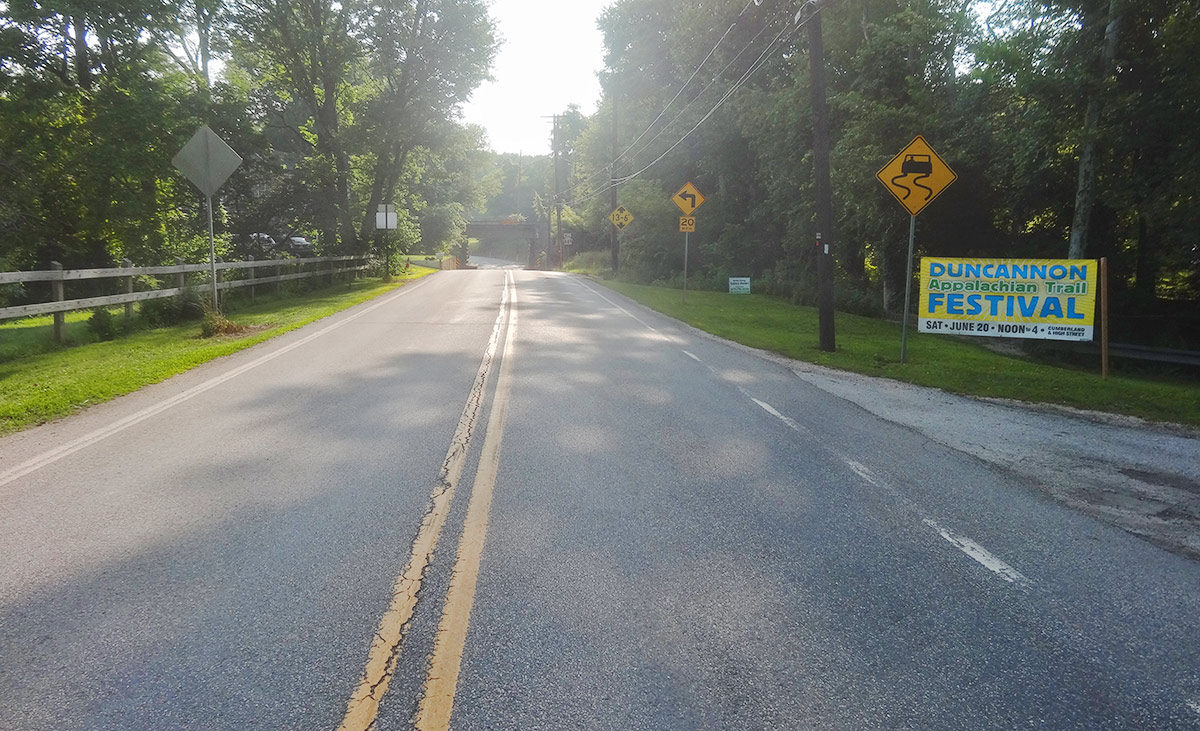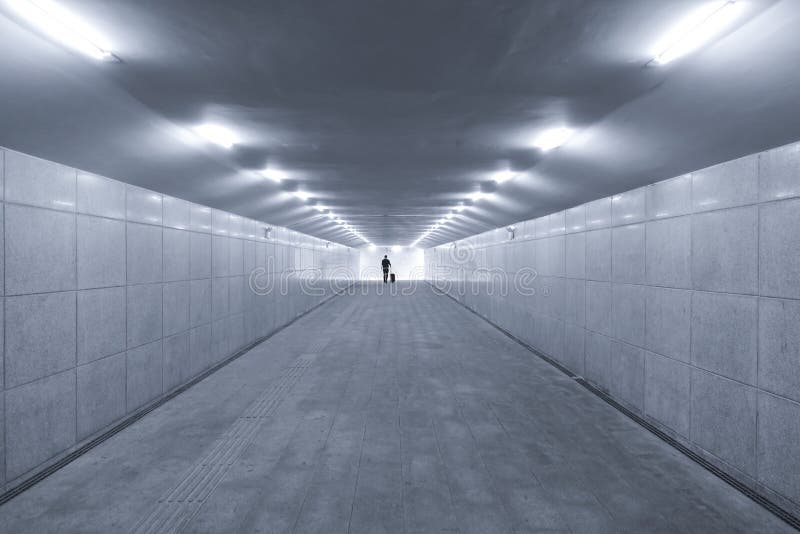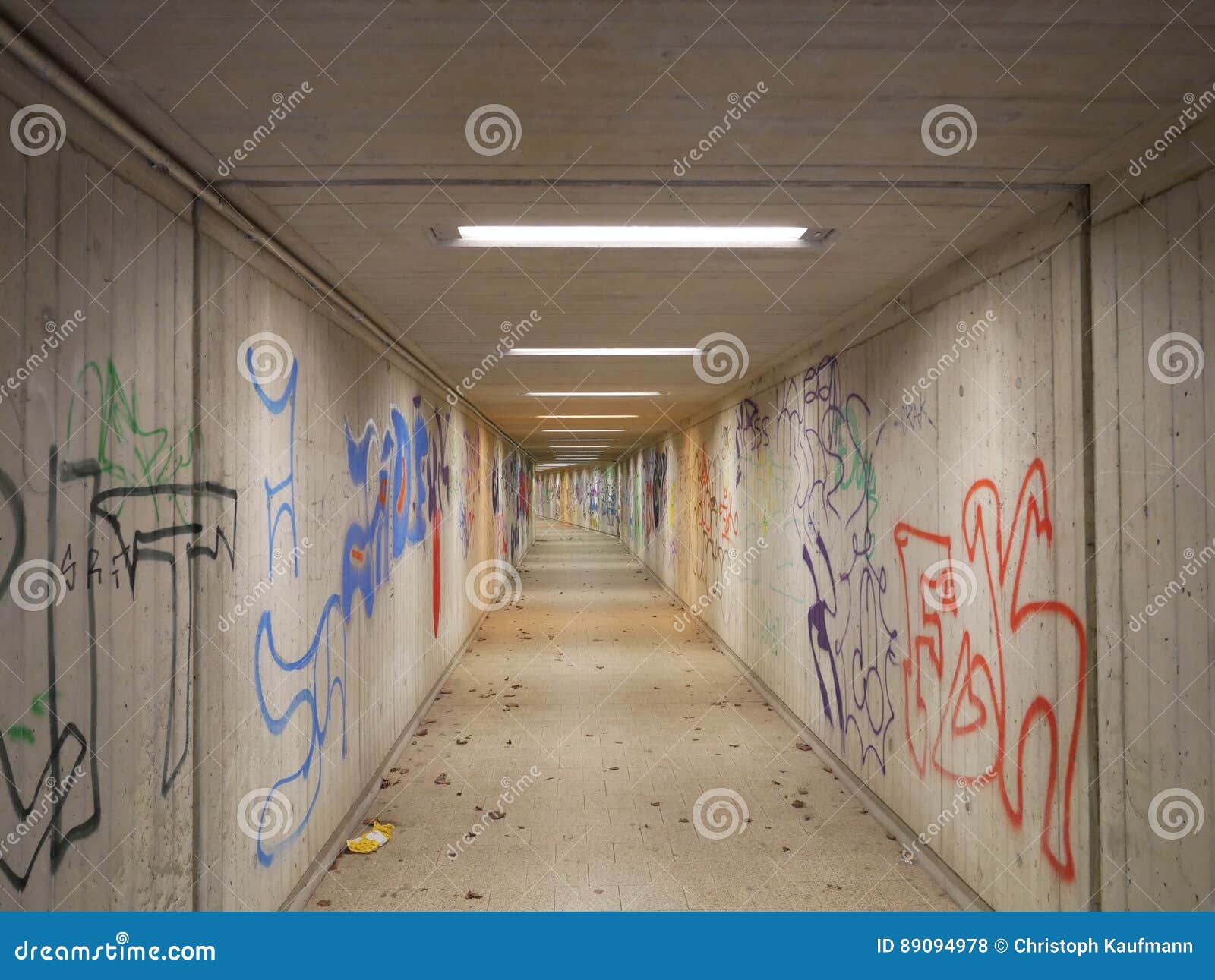


Īnother proposal in 1881 was the Charing Cross and Waterloo Electric Railway (CC&WER). The section under Whitehall was opposed by the government and it was removed so that the line was to terminate at Charing Cross, but the whole scheme was rejected by Parliament in 1882. At the southern end, the line was to run under Whitehall, Trafalgar Square and St Martin's Lane, though the location of the station was not recorded. In 1881, the Central Metropolitan Railway proposed a cut-and-cover line running from Parliament Square to St Pancras.

Map showing proposed station sites, 1880s Parliamentary approval was granted in 1871 and the company changed its name to the London Central Railway, but the scheme was again unable to raise sufficient funds. A station was planned at the same location as the NW&CCR's. The NW&CCR plans were revived with minor changes by the Euston, St Pancras and Charing Cross Railway in 1870. The W&WR was liquidated in 1868, and the NW&CCR plans were abandoned in 1869. Progress on both railways was halted in the Panic of 1866, a major crash in the London and international stock markets that led to the collapse of a number of banks and prevented funds being raised to continue the works. Construction works began for the ends of the cut and cover tunnels on each side of the River Thames and part of the cast-iron cylinder that was to be sunk into a trench dredged into the bed of the river. The line was to be a pneumatic railway with the carriages sucked and pushed through the tunnels like a piston by fans at Waterloo. The following year, the Waterloo and Whitehall Railway (W&WR) received permission to construct a short railway between Waterloo station and a station at the western end of Great Scotland Yard at the junction with Whitehall. The NW&CCR was to have its own station on the north side of Strand before it came to the surface alongside the main line station and connected to the SER's tracks on Hungerford Bridge. The North Western and Charing Cross Railway (NW&CCR) proposed a line in a cut-and-cover tunnel between the London and North Western Railway's terminus at Euston and Charing Cross. The first proposal came before Parliament in 1864, a year after the opening of the Metropolitan Railway, the world's first underground railway, and the year the mainline station opened.

Sections of the Waterloo & Whitehall Railway's iron tube under construction Many of the schemes submitted to Parliament for approval as private bills included proposals for lines through the Charing Cross area with stations serving the South Eastern Railway's (SER's) Charing Cross mainline terminus and the area around Trafalgar Square. It is close to the National Gallery, the National Portrait Gallery, Admiralty Arch, St Martin-in-the-Fields, Canada House, South Africa House, the Savoy Hotel, The Mall, Northumberland Avenue and Whitehall.įrom the 1860s to the 1900s numerous schemes for underground railways through central London were proposed, often using similar routes. The station has entrances in Trafalgar Square, Strand, Villiers Street, Adelaide Street, William IV Street and in the mainline station. Jubilee line services ended in 1999 when the line was extended to Stratford. When the Jubilee line platforms opened in 1979, the combined station was given the current name. In the 1970s, in preparation for the opening of the Jubilee line, the two earlier stations were connected together with new below ground passageways. The Bakerloo line platforms were opened by the Baker Street and Waterloo Railway in 1906 and the Northern line platforms by the Charing Cross, Euston and Hampstead Railway in 1907. The station is in fare zone 1.Ĭharing Cross was originally two separate stations, known for most of their existence as Trafalgar Square (on the Bakerloo line) and Strand (on the Northern line). On the Bakerloo line it is between Embankment and Piccadilly Circus stations and on the Northern line it is between Embankment and Leicester Square stations. The station is served by the Bakerloo and Northern lines and provides an interchange with Charing Cross mainline station. Location of Charing Cross in Central LondonĬharing Cross, Euston and Hampstead Railwayĥ1☃0′29″N 00☀7′29″W / 51.50806°N 0.12472°W / 51.50806 -0.12472 Coordinates: 51☃0′29″N 00☀7′29″W / 51.50806°N 0.12472°W / 51.50806 -0.12472Ĭharing Cross (sometimes informally abbreviated as Charing +, Charing X, CHX or CH+) is a London Underground station at Charing Cross in the City of Westminster.


 0 kommentar(er)
0 kommentar(er)
